How we work with the Midjourney AI tool at TRITON IT
A large number of tools are proliferating on the Internet that use the principles of artificial intelligence and machine learning and, when used correctly, can make the work of both ordinary users and professionals across disciplines easier and save a great deal of time. TRITON IT is a member of the Czech Association of Artificial Intelligence, so we use AI tools not only in the creation of textual content (such as ChatGPT or Google Bard), but also in the creation of visual content. The tool that has proven to be the most successful for us so far is Midjourney.
Midjourney works on a similar principle to the more publicly known chatbots - based on the user's input, they generate content that can then be further edited and improved by refining the input. Midjourney prepares four variants of graphic design based on the input and it is then up to the user which of the designs he wants to generate in high resolution and start using, or for example which of the designs to take and ask Midjourney to further modify and develop this variant using another input.
How to correctly enter prompts for Midjourney
Unlike other well-known tools, the developers of Midjourney did not create their own user interface for the tool, but used the Discord communication platform. After connecting to the Midjourney Discord server, the user is taken to a chat room and can start creating their own prompts.
Midjourney is part of the daily work of a large number of people nowadays. However, for this artificial intelligence tool to be able to save time for professionals, it is necessary to understand how it works and learn to speak "its language". Midjourney does not "talk" to the user in the way we are used to from classic chatbots such as ChatGPT. Instead, you have to communicate with Midjourney using special commands, called prompts. These prompts have a clearly defined format and are followed by a slash followed by a command, which can be supplemented with additional text or parameters. The basic prompt is /imagine and the text after it defines the basic requirements for creating a graphic design.
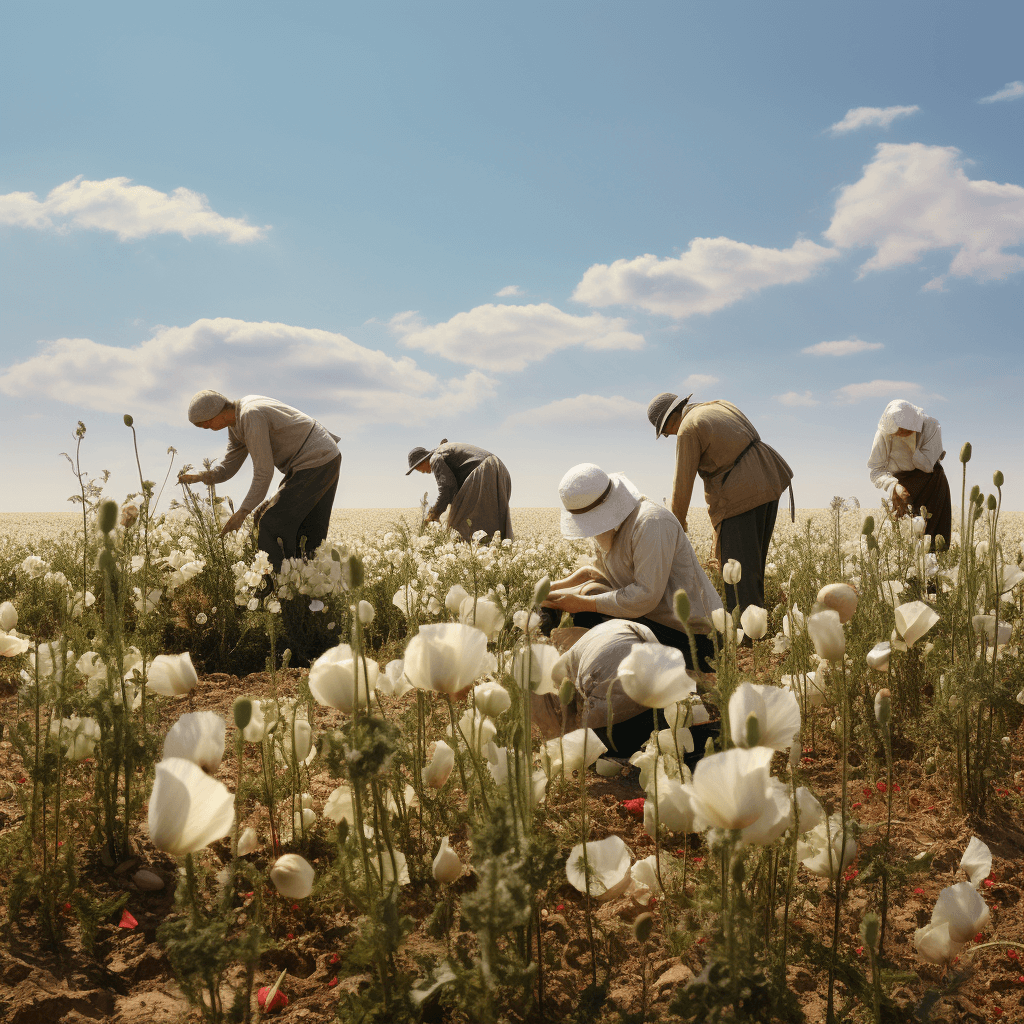
How to choose the right slogans
In order to use the full potential of Midjourney, the user must learn to use the right prompts to communicate with the AI robot. One possible way is to study the complete documentation, but Midjourney also offers a simpler option. If a user doesn't know what prompts to use to describe a part of an image that needs to be redrawn, for example, the easiest way is to start with an existing image and let Midjourney describe it. This allows you to see how the tool itself perceives and describes each part and what commands to use.
An advantage of Midjourney is the ability to upload custom photos that the user wants to use as inspiration when creating a new graphic design. Images can be uploaded either directly from your computer or linked to using a URL. Unfortunately, Midjourney cannot currently take a photo uploaded in this way and edit it, but if the user has some idea of the final form of the graphic design, it can be used as a template.
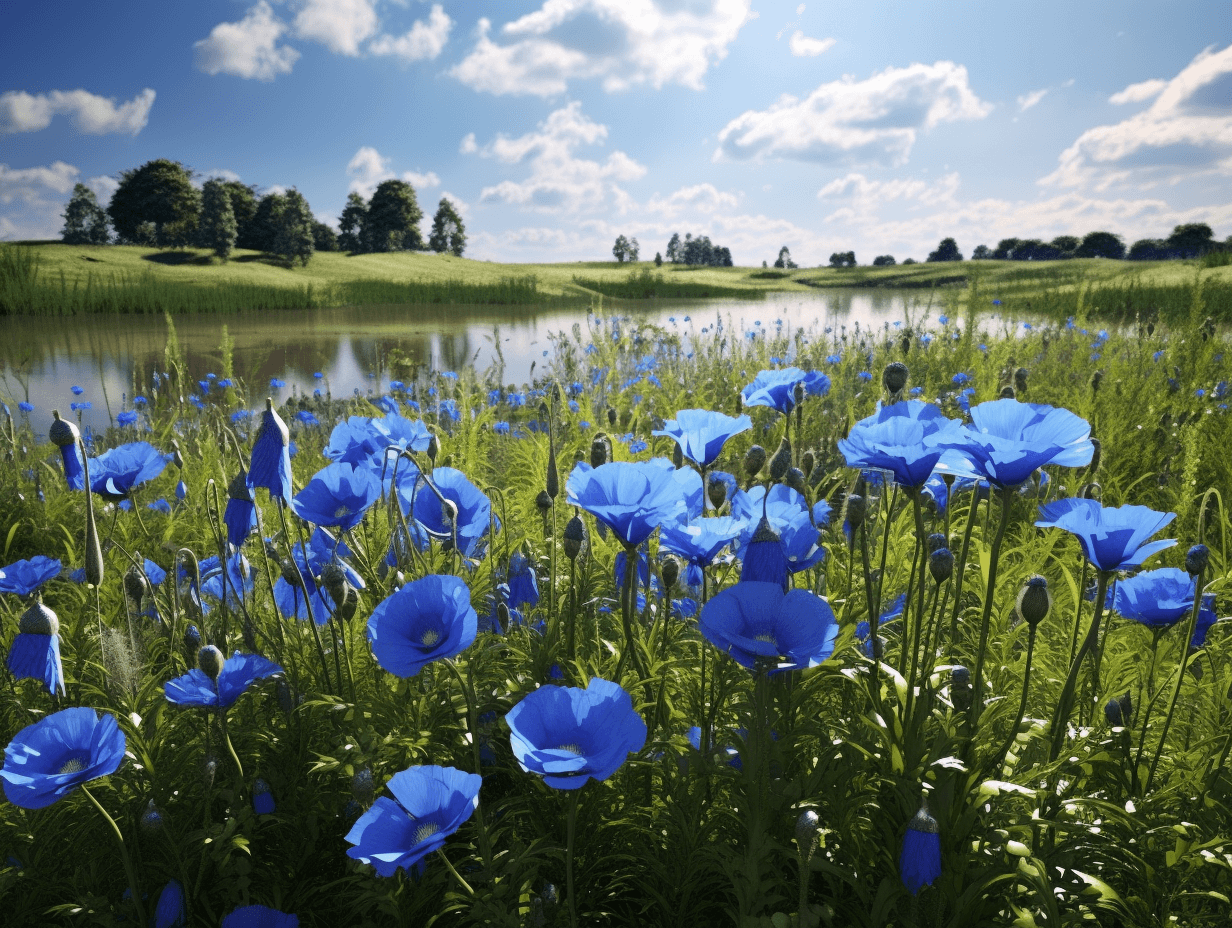
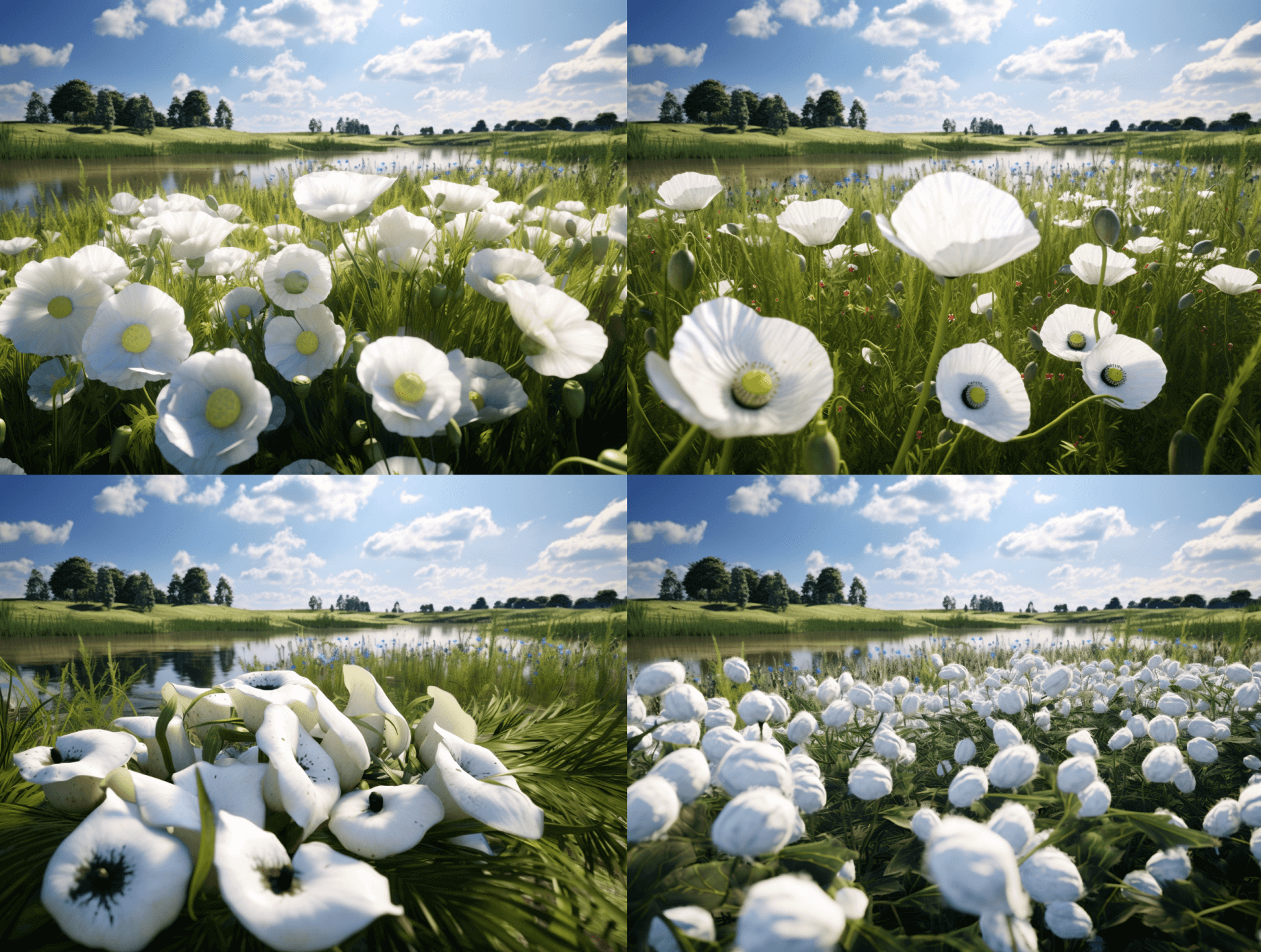
How to change parts of the generated images
If the user is not satisfied with only a certain part of the generated image, they can use several options to have Midjourney redraw only that specific area. The first option is to use the Vary function, which allows you to mark a specific part of the image. The remix mode function works on a similar principle, similarly offering to modify the prompt so that Midjourney only modifies a specific part of the generated graphic.
However, Midjourney does not work with the marked part of the image and does not try to change it according to the specified prompt. Instead, the AI simply removes that part of the image and generates a new missing part according to the prompt. This newly generated part of the image is sensitively embedded in the original design thanks to the transitions between the original and the new part.
How to generate a web layout with Midjourney
Our development team uses Midjourney not only to generate individual graphic elements, but now also to generate the entire web layout. Based on the specification behind the prompt /imagine, Midjourney can design the entire website layout, but great caution is in order. At first glance, the rendered design may seem flawless and ready for immediate deployment, upon closer examination, human intervention is required. Some flaws can be removed by redrawing the parts in question, others must be removed directly by the developer or graphic designer for proper functionality.
How we created the Agra microsite using Midjourney
For Agra, the largest Czech poppy processor, we created a new microsite for the international market. As Agra's activities exporting Czech poppies across Europe began to significantly expand into the international market, a website was needed to support the intended campaign to export poppies. Thus, a contact micropage was created, which now offers, for example, the possibility of sending a free poppy sample.
To create this microsite, we decided to use Midjourney to generate all the graphic elements of the website. Internet photo banks are full of photogenic red poppy flowers, but we knew from studying the product that poppies with white flowers are mainly used in the food industry. However, Midjourney has also solved this problem and replaced the red flowers with a white variant. Thanks to this, we were able to eliminate the need for graphic designer intervention, which made a significant difference in the total amount of time spent developing this microsite. The use of artificial intelligence in the creation of the graphic elements allowed us to reduce the overall workload in the submitted offer.
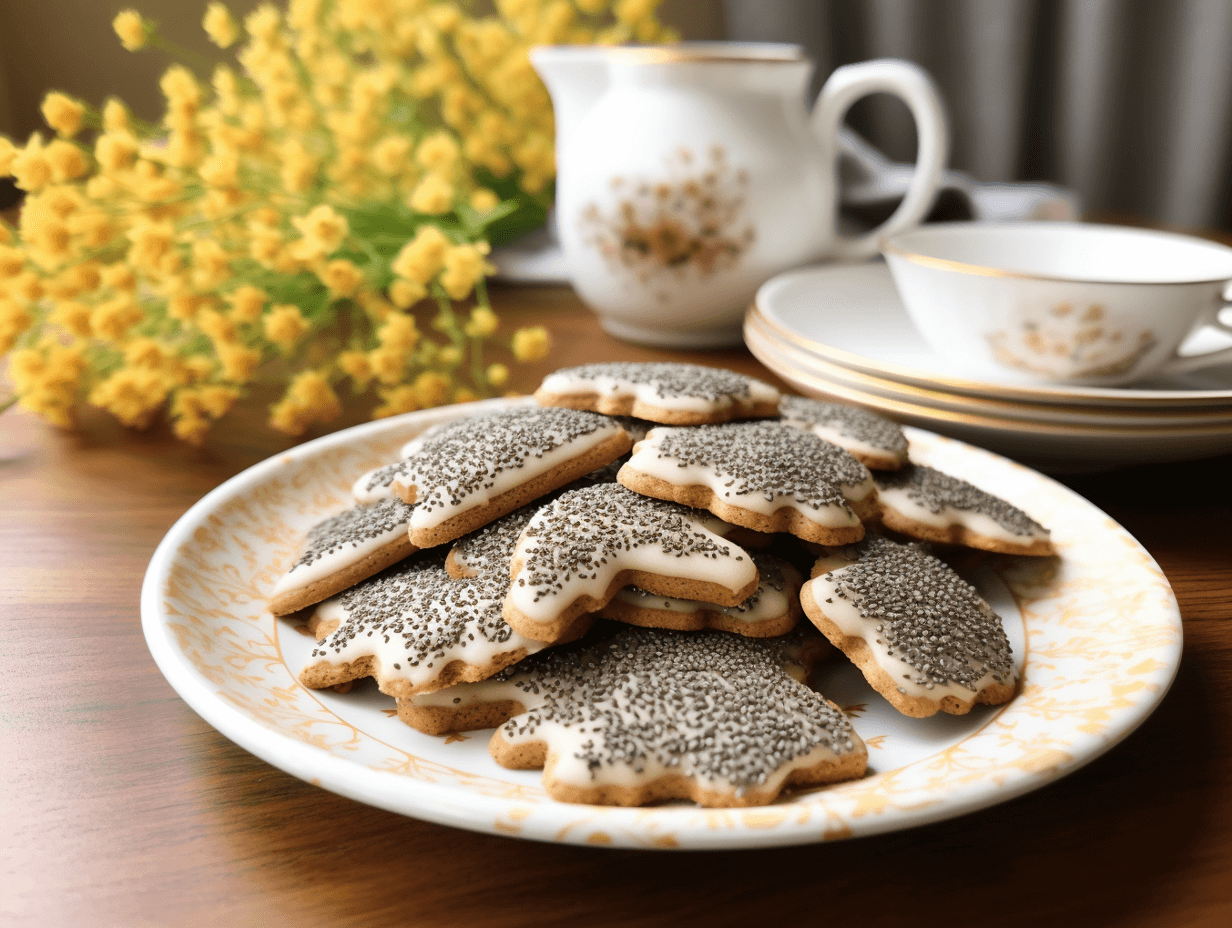
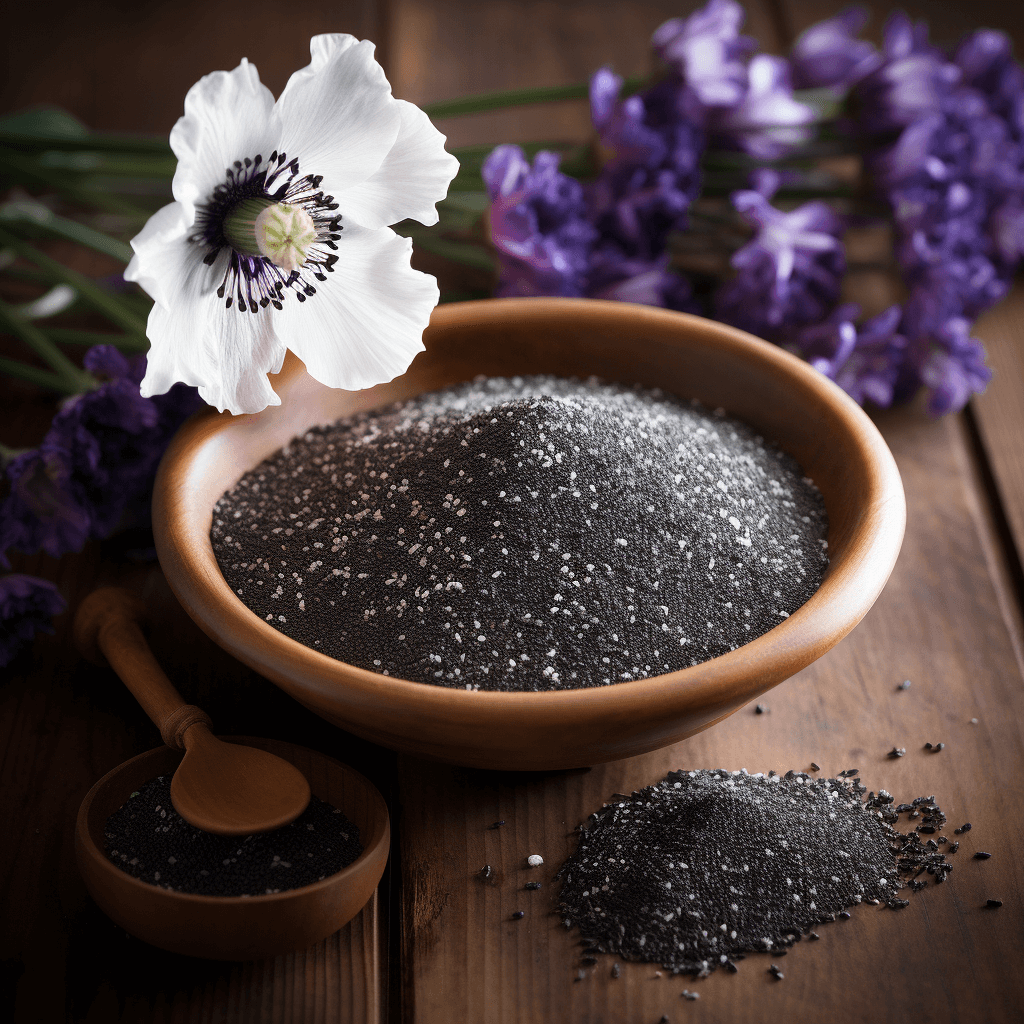
Do you want to develop AI with us?
Related articles
The software specification is one of the most important documents in software development. Yet it is a term that is often interpreted differently...
Do you have dozens of processes running in your company that repeat regularly? Do your colleagues have to constantly repeat routine activities?...
The e-shop of MISURA – a Czech brand of premium electronics – has long struggled with a growing number of inquiries directed to...